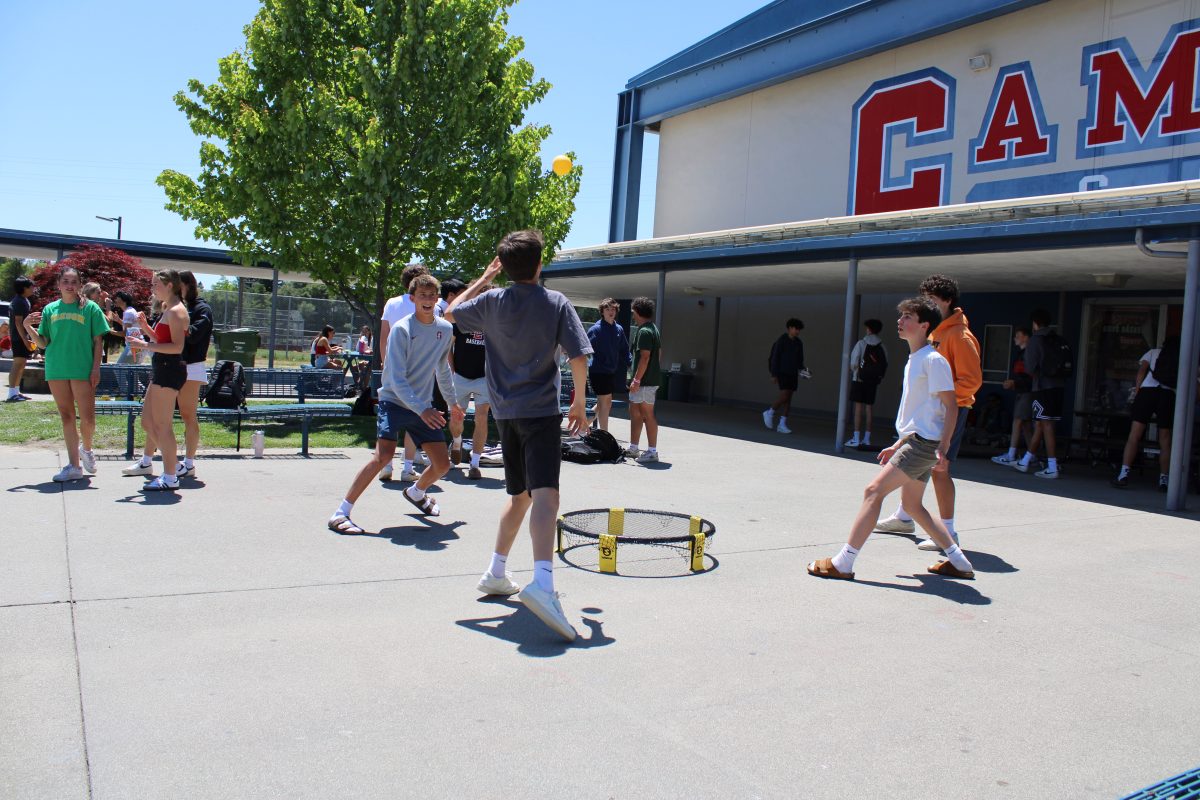This year, the town of Moraga turns 50 years old, and a celebration is planned. Signs have appeared throughout the community advertising this milestone, to many wondering how the town is only half a decade old.
The lineup for the day of celebration includes a parade and the annual Pear & Wine Festival. In honor of this milestone, The Claw staff thought it made sense to stroll down memory lane. In the process, we learned about how old Moraga truly is, and about how the town – sometimes called “Bore-aga” – actually has a rich and interesting past.
Moraga was officially incorporated in 1974. In other words, that was when the town was officially recognized by the state of California. Before that, Moraga was made of 3 main communities: Moraga Town, Rheem and Rheem Valley. But even though each were separate communities, the members of all 3 still identified as living in “Moraga,” according to Susan Sperry, the president of the Moraga Historical Society.
The main reason Moraga incorporated was because the state of California had plans to build a freeway through the town, which would have brought more people into Moraga. The town had a population of 14,205 in 1970 according to census data, and was 98.4% white. Moraga residents sought to preserve the town’s semi-agricultural, low density identity. They decided that the best way to block the freeway’s construction was to incorporate. Contra Costa County had the ability to stop state government plans like building freeways for the towns and cities within county limits.
In 1974, more than 6,000 registered Moragan voters stepped into the polls to vote on incorporation. The bill passed by a 60-40 margin, according to a 2014 Lamorinda Weekly article. The vote officially made the formerly unincorporated community the “Town of Moraga.”
To commemorate this milestone, the residents of the new town joined together to celebrate. Susan Skilton, a Lamorinda resident who was around 16 years old at the time, remembered playing in the band at “a great, big parade.” Skilton, now 65 and a contributor to the Moraga Historical Society, went to Campolindo and graduated in 1976.
Skilton said that Campolindo, which opened in 1962, hasn’t changed much since she attended. “Those little courtyards are just like they used to be,” she said, referring to the quad and the various other patios around campus. Pictures of the school from the Moraga Historical Society, dating as far back as the early 1970s confirm Skilton’s memory of there being little change. From the blue-painted wooden benches that line the courtyards, to the sign overlooking Moraga Road with “Campolindo High School” in big, bold letters, Campo’s original campus has hardly been modified since its opening.
One of the few differences Skilton and various other alums, including current History and Leadership teacher Lindsay Webb-Peploe, have noticed is a new paint job to the school’s exterior. Mainly, the space above the basketball gym used to have the words “COUGARS” in large letters with the animal painted above. Since then, the school changed that out for a much sleeker “Campolindo Cougars” with a big red “C.”
Also slow to change has been Moraga’s population, which has grown by only a few thousand people and stood at 16,877 in the 2020 census. But Moraga has become considerably more diverse. 65% of the population is white, according census data, 22% are Asian, 9% are classified as hispanic, and the rest are mixed race, Pacific Islander, and African American.
Skilton said the population would have grown much faster “if people really knew how great it was.” “I don’t think they know,” she said. Part of the credit goes to the 6,000 voters who didn’t want a freeway through their what Skilton called a “charming, secret” town.
Things haven’t really changed since Skilton graduated in 1976, she says. When she walks down sidewalk in front of the school, it “feels so much the same.”


